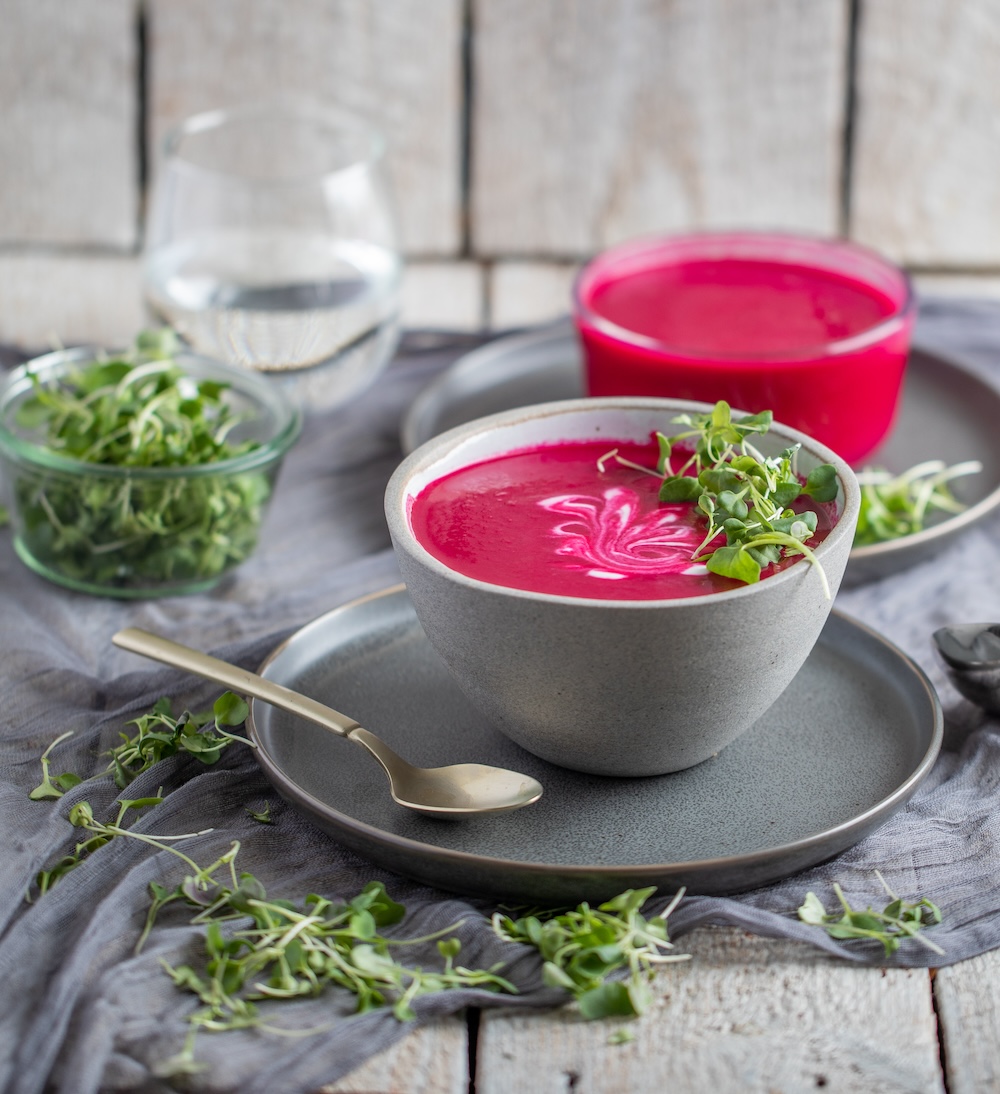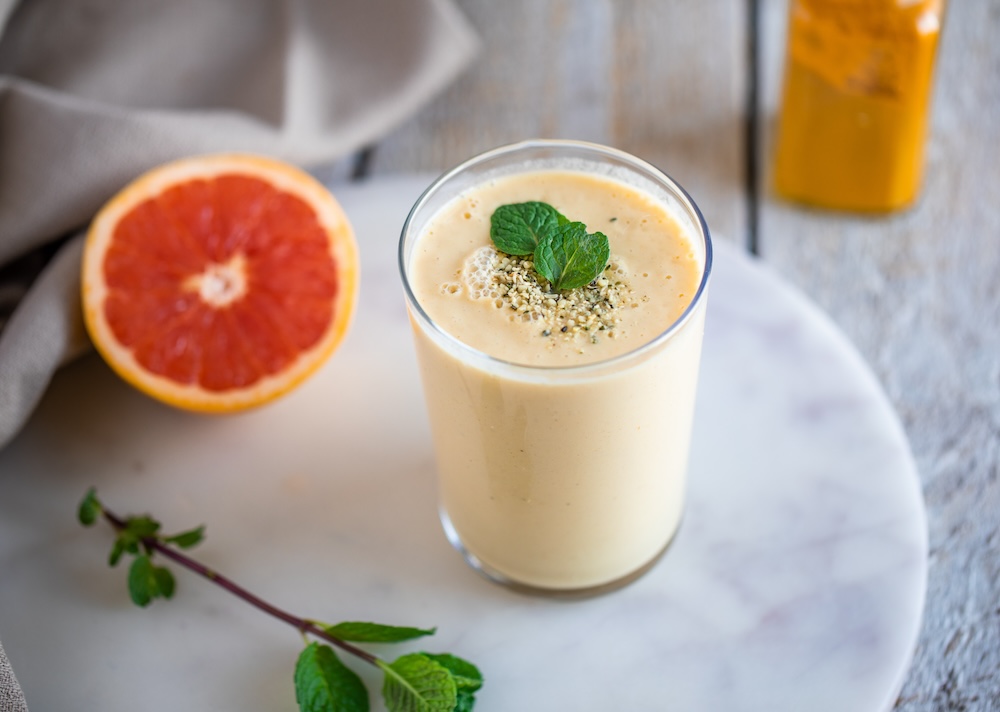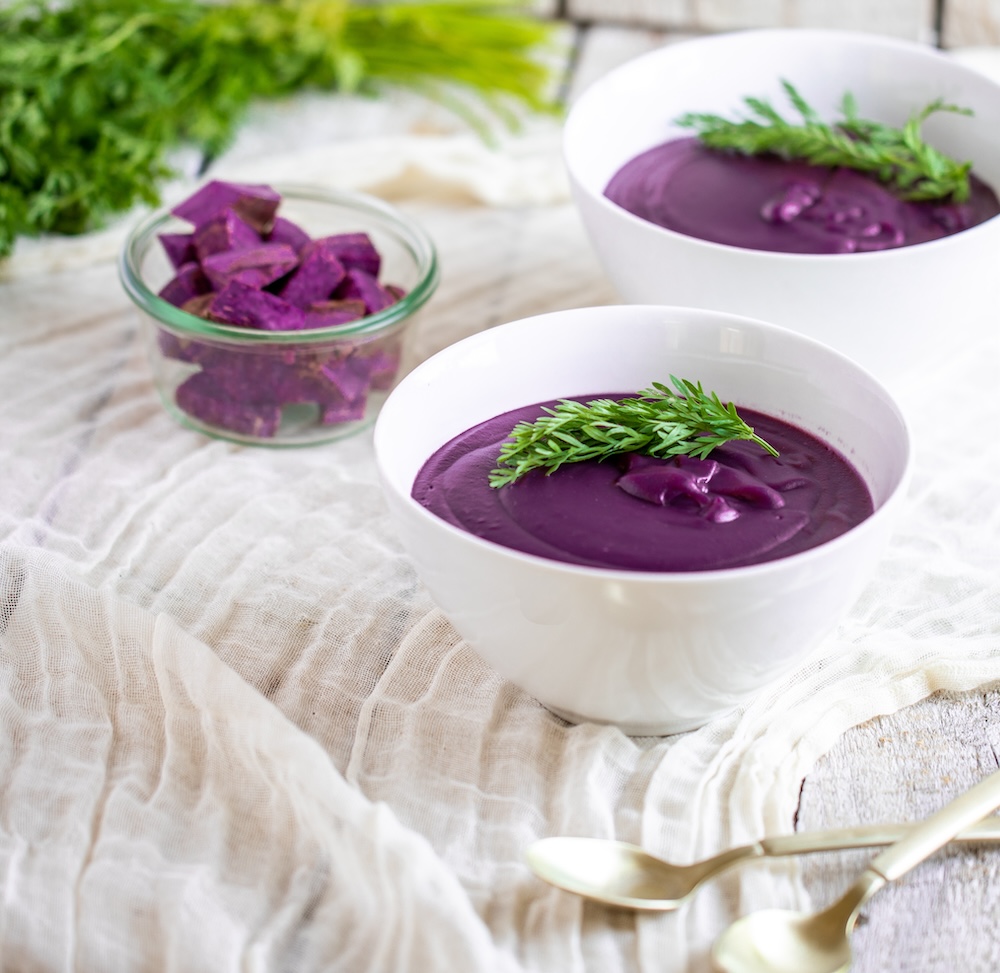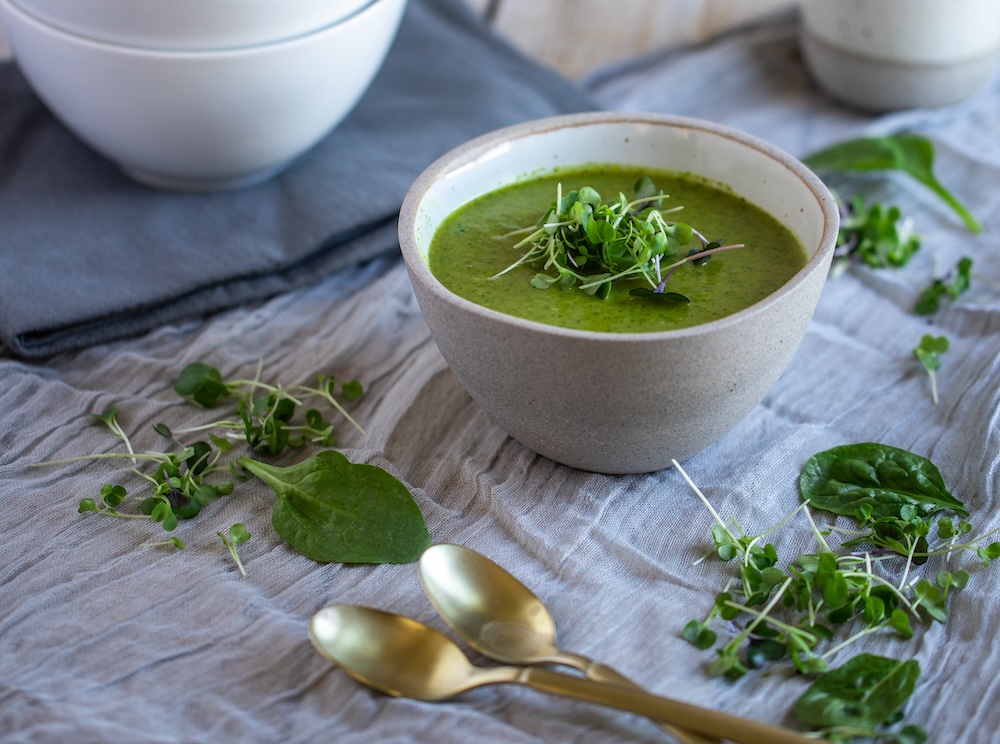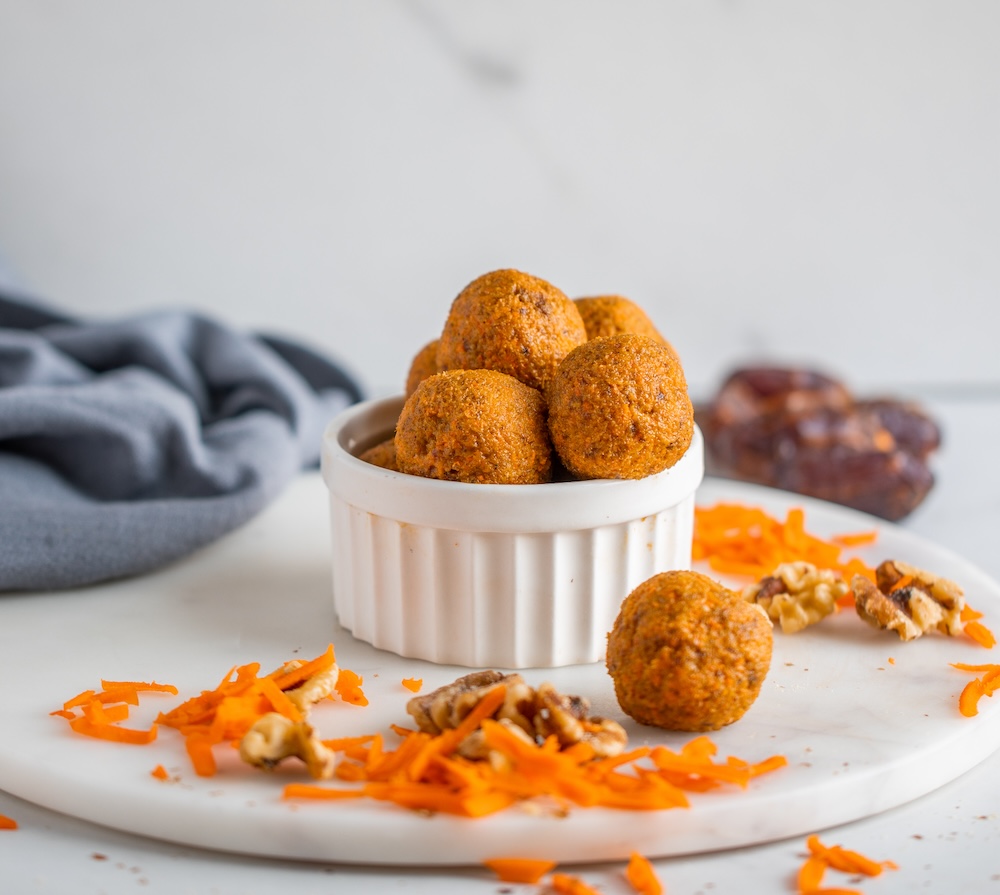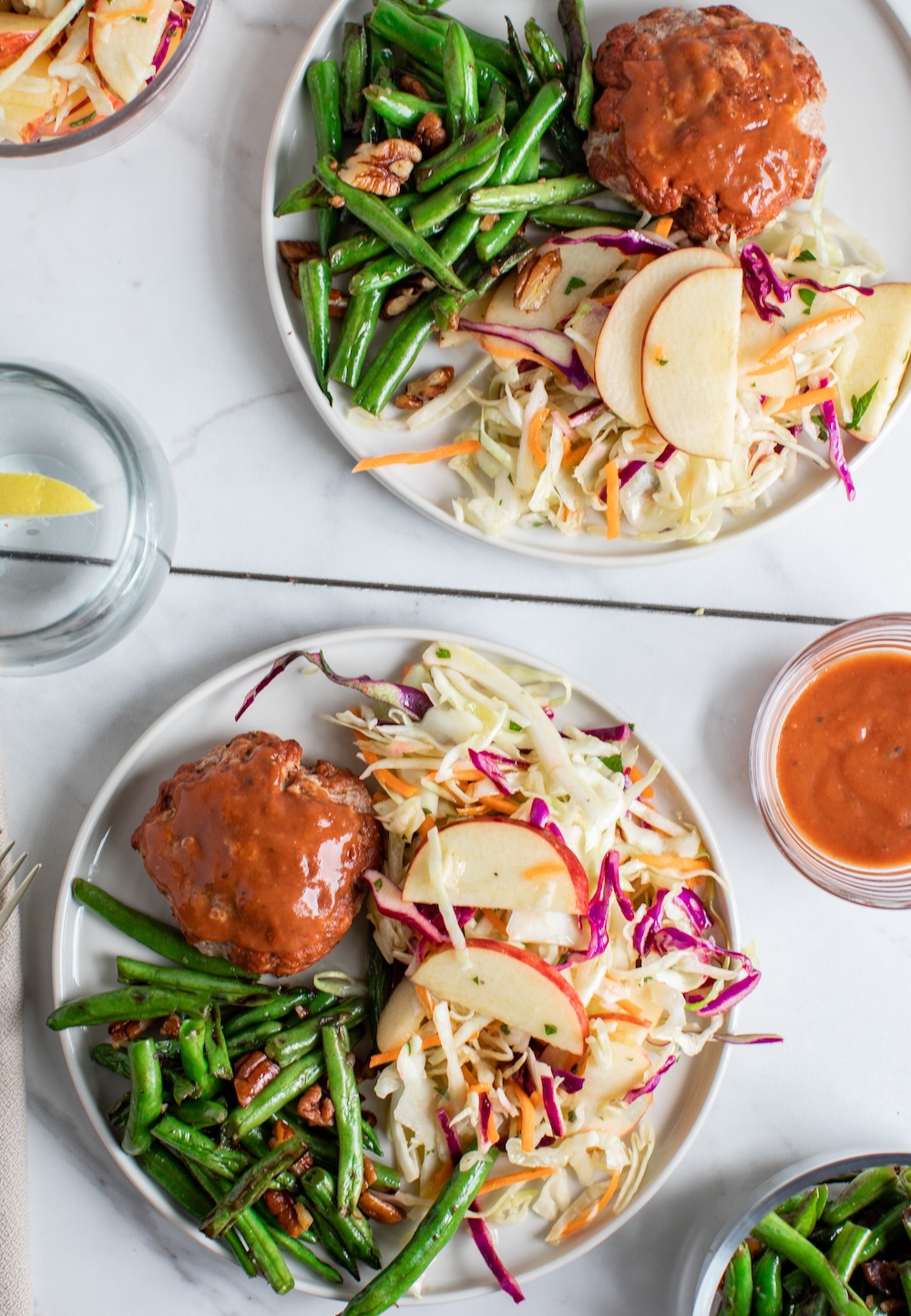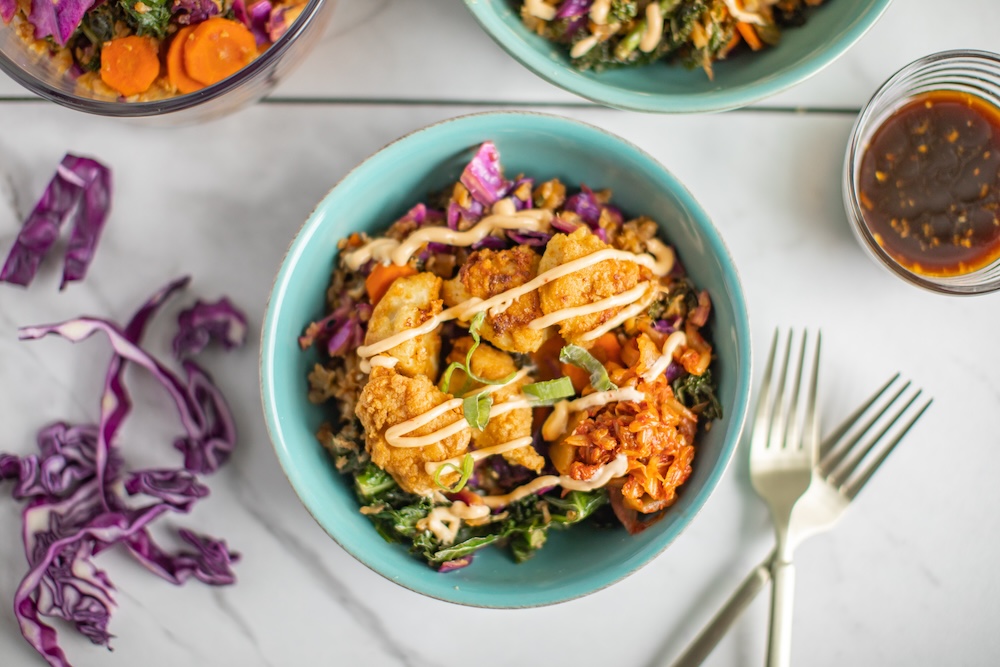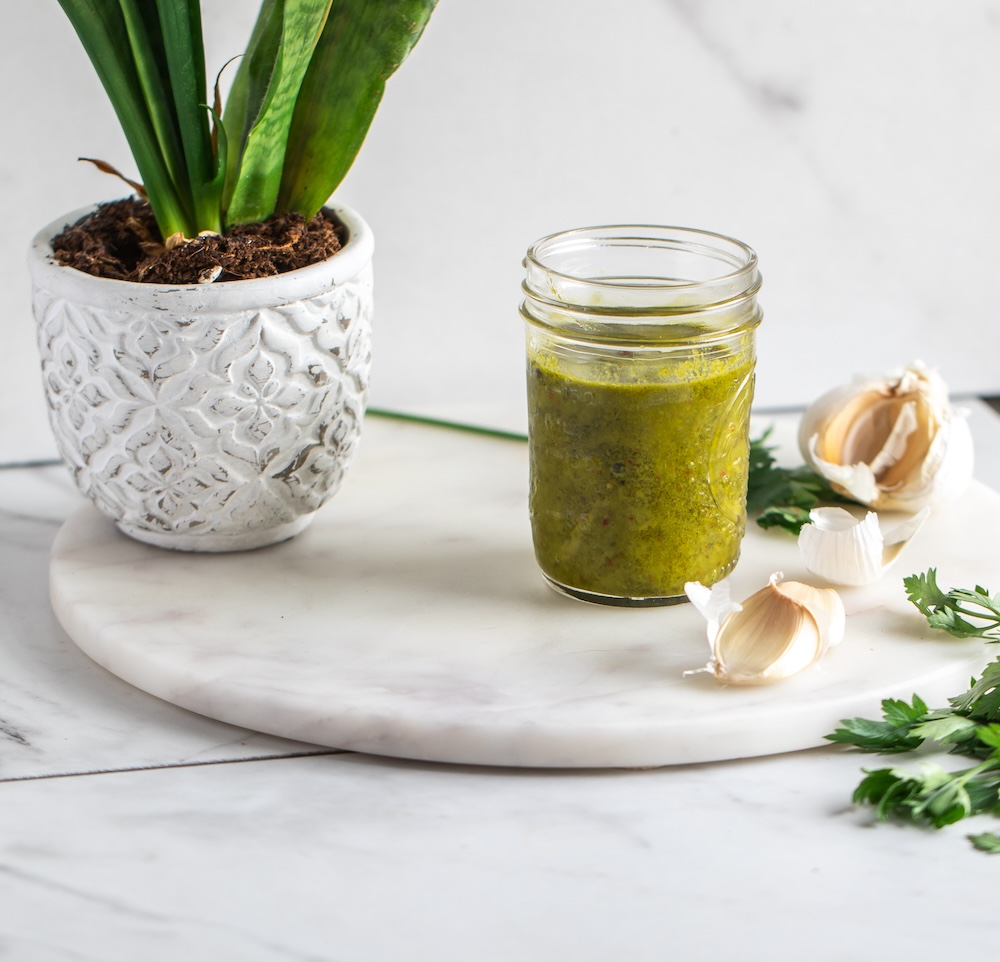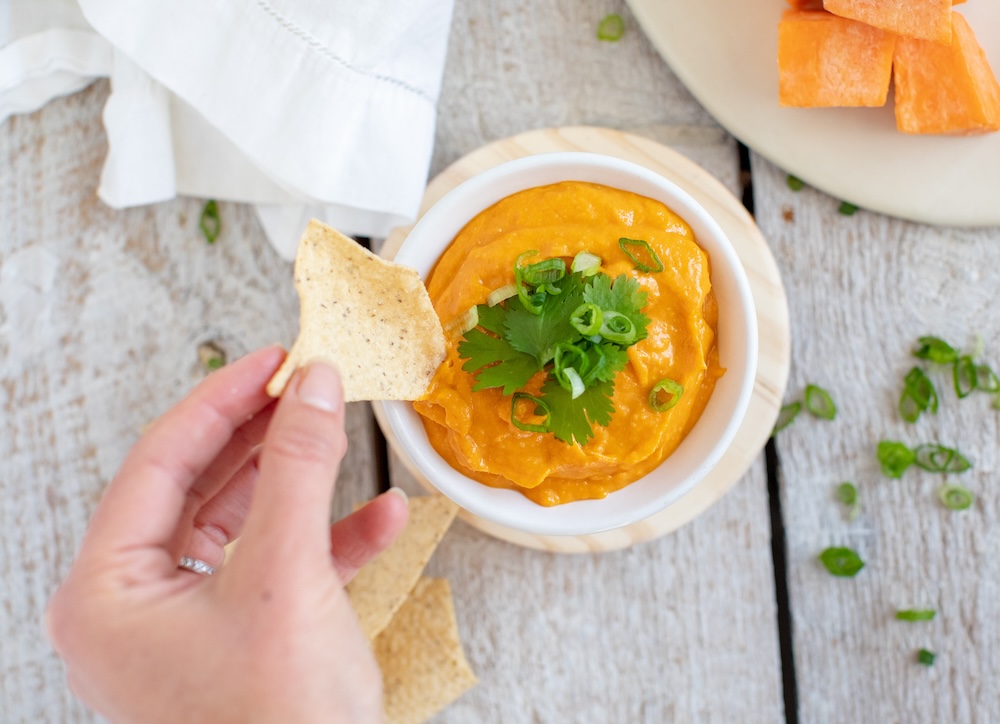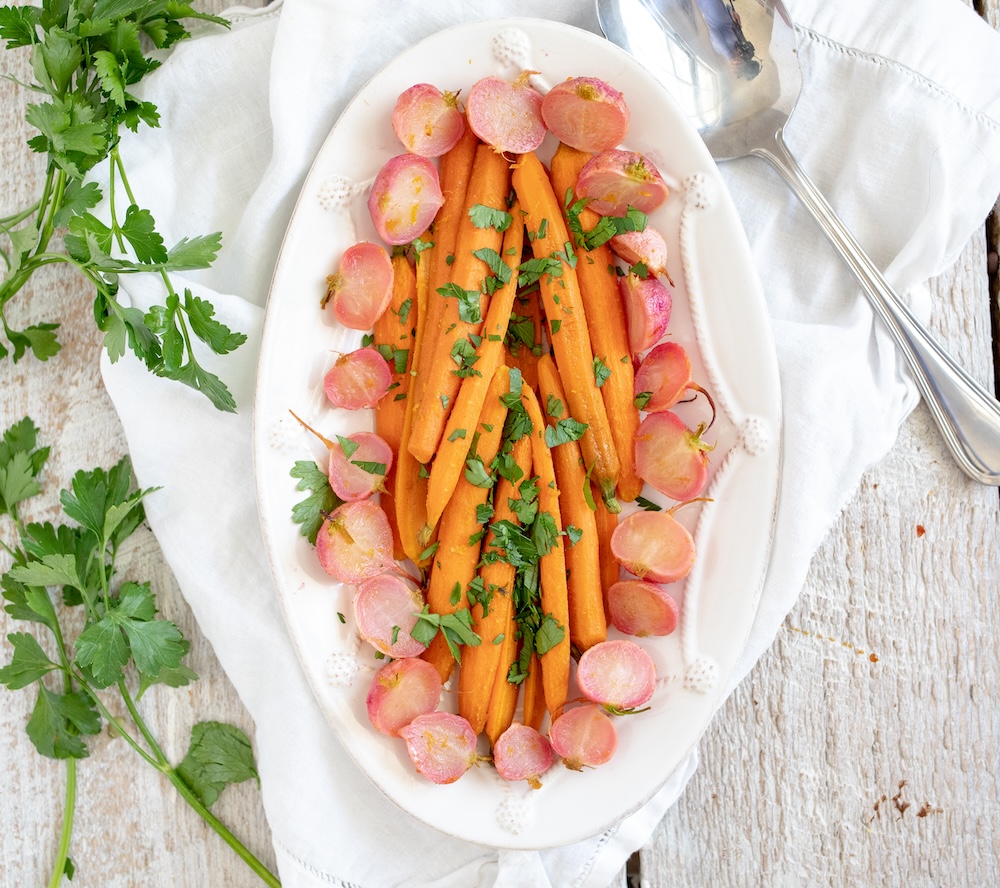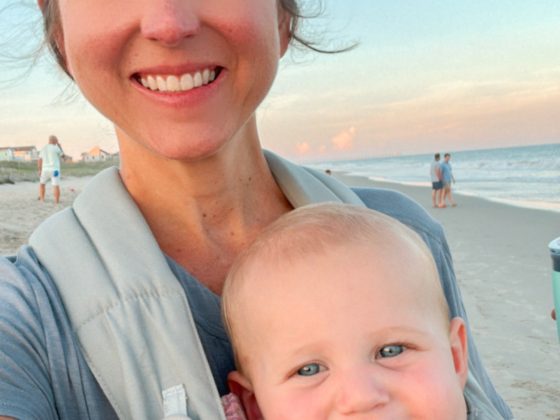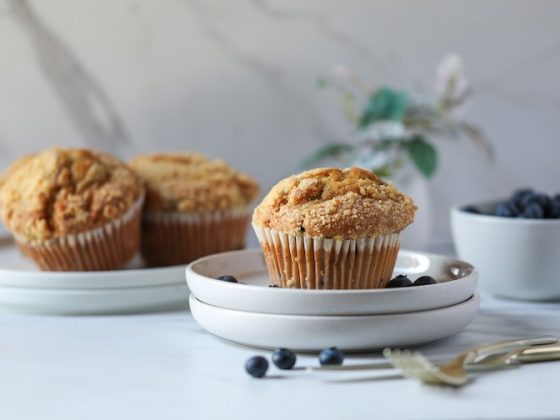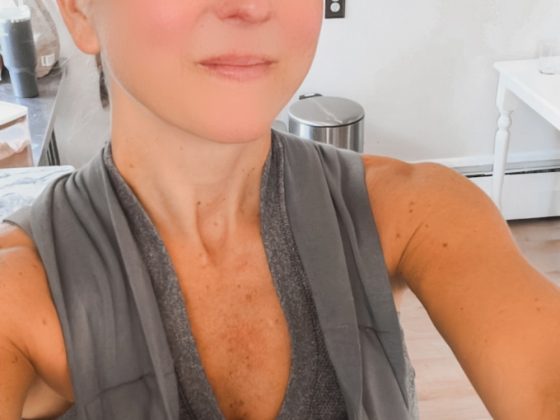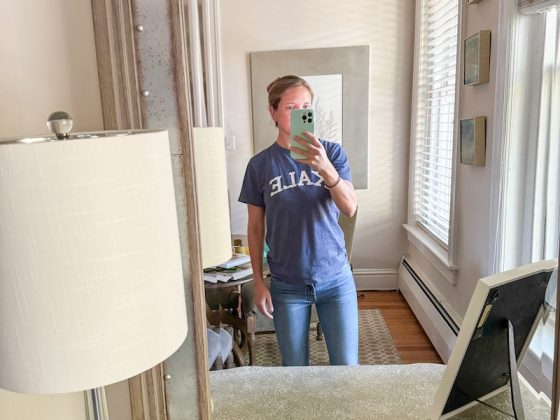After five and a half years, I have finally published my dream book: Counting Colors, Not Calories: A Shift From Restriction And Scarcity, To Abundance And Beauty. I am so excited to share it with you.
So what is the Counting Colors philosophy? In essence, it encompasses an evolution from fear to love. I understand how abstract that sounds. I have health coached hundreds of women, and I would notice a similar theme play out in people’s stories. With a history of dieting, calorie counting, restriction and rules around food and other elements of health, fear was always at the foundation. Fear of getting fat or losing control. Yet it was this fear that stood in the way of their goals. Most often, the goal of getting to a certain number on the scale was never really about the number at all; it was about the feeling that number represented: confidence, vitality, pride, happiness. I argue that whatever the goal may be – whether it has to do with your physical body or not – you must feel the feeling first to more easily call in what you want. I have seen this successfully work in myself and in others.
My story
As a health and self-care coach, I take pride in fueling my body with real, whole foods. Over the years, I have gotten good at listening to my body, providing it with the nutrients it needs while satisfying my cravings to maintain balance and avoid deprivation. I enjoy eating, and I really love food. But I wasn’t always this way.
Towards the end of high school and into college, I was consumed with counting calories and exercising every day. Quite frankly, it was not only about staying thin, but also about staying in control. Food was something to be feared for the chance it was going to make me fat, and it was my biggest enemy and largest source of anxiety. Thankfully, in my mid- to late 20s, as I immersed myself in the study of nutrition, I started to make the connection between what I ate and how I felt, both physically and mentally. I had never thought of eating in this way, and it completely revamped my relationship with food. I found joy in creating colorful meals knowing the nutrients were benefiting me. Taking on a more intuitive approach, while viewing food (and myself) from a more positive place has changed the way I eat. It was from this more optimistic lens that I adopted the mantra: “Count colors, not calories.”
This shift helped me shape a new perspective: one from lack and scarcity (the restriction that goes along with dieting and calorie counting), to one of abundance and beauty (a healthier relationship with nutrition, self-care, self-love). I know from experience that there is nothing more liberating than breaking free from the dieting mindset.
The dieting mindset persists and how the Counting Colors philosophy can help
After a decade of coaching, I know that this restrictive mindset persists. Counting Colors, Not Calories offers you a roadmap on how to break free from issues that plague our society (especially women): food anxiety, dieting, and deprivation.
The book takes a deep dive into the philosophy and expands on its teachings, sharing more of the lessons I have learned on subjects ranging from nutritional science to mindfulness, while backing my message with research. While there is a recipe section illustrating colorful, nutrient-dense meals (so that you can see for yourself the nutritional aspect put into practice), this is not an eating plan or program, but rather a new way of looking at food. Because I argue that poor food relationships often parallel one’s emotional world, this view then offers an analogy for everyday life, encouraging more presence and moment-to-moment awareness.
The two over-arching themes of the Counting Colors philosophy
There are a couple of overarching themes that I address in the book:
Shifting from fear to love
The art of non-judgment
Judgment is when we attach labels to thoughts, objects, ideas, concepts, and occurrences, which in turn moralizes them into categories of “good” versus “bad.” As human beings, we judge constantly, whether it is with our behavior and choices or other people’s behavior and choices, and as women, we especially place judgment on food. It is important to realize that much of the time, what we are judging is not inherently good or bad at all; this is simply how we are perceiving it. How we perceive everything—not just our physical health—is so largely tied to our core values, beliefs, and “stories.” I elaborate on this idea of “your story” after sharing my own (and have you reflect on yours as well). Our respective health journeys have their own sets of stories and beliefs; therefore, when we take a step back to become more of an objective observer, it can help “shed light” on what is true.
The three main facets of the Counting Colors philosophy
In the book, I describe in depth how these three facets characterize and shape an evolution of your holistic health:
The physical. The nutritional information rooted in science. If I was to over-simplify my food philosophy, it would be to eat real food while balancing your blood sugar.
The mental and emotional. This encompasses the mindset shifts you can undergo in order to start thinking about food, health, your body, and yourself in a more positive light.
The spiritual. The deeper work comes with finding true happiness. The emotions you are wanting to feel come with both cultivating your spiritual health, and connecting with your true, authentic self.
The Counting Colors recipes
There are over 35 recipes showcasing the Counting Colors food philosophy. All of the recipes are created with real, colorful whole foods and blood sugar balance in mind.

